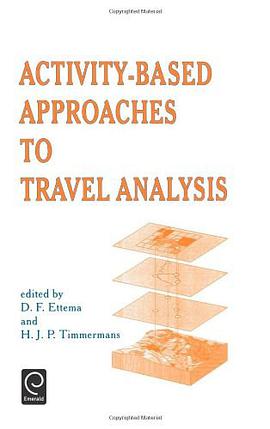

Societal trends have made the need for better travel demand forecasts more urgent, at the same time as making people's travel and activity patterns far more complex. Traditional traffic flow models are no longer sophisticated enough to cope. Activity analysis is seen by many as the solution. It has had a short but intense history in geography, urban planning, time use research and, more recently, transportation. Pioneering activity-based models have now been developed to the point where, some argue, it is time to abandon the traditional four-step model for transportation demand forecasting and to adopt activity-based approaches instead. Others claim that the complexity of such approaches, and their tremendous data requirements, prevent them from having a significant impact. This book explores these claims and the issues associated with them. An introductory section outlines the debate. The body of the work is organised in four sections: modelling developments; theories and empirical analyses; data needs and data representation; and policy analysis. The final section discusses future research directions.
具体描述
读后感
评分
评分
评分
评分
用户评价
相关图书
本站所有内容均为互联网搜索引擎提供的公开搜索信息,本站不存储任何数据与内容,任何内容与数据均与本站无关,如有需要请联系相关搜索引擎包括但不限于百度,google,bing,sogou 等
© 2025 book.wenda123.org All Rights Reserved. 图书目录大全 版权所有




















